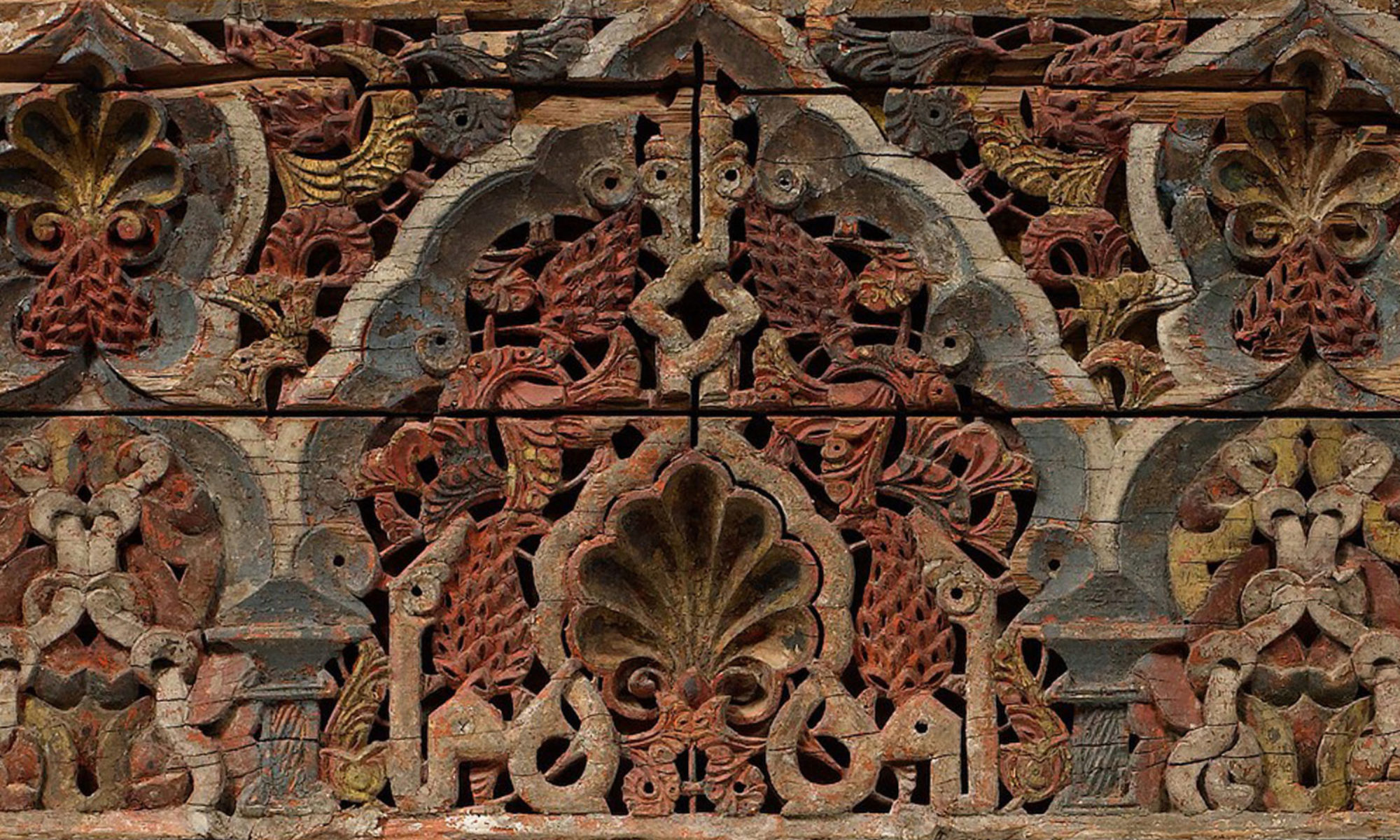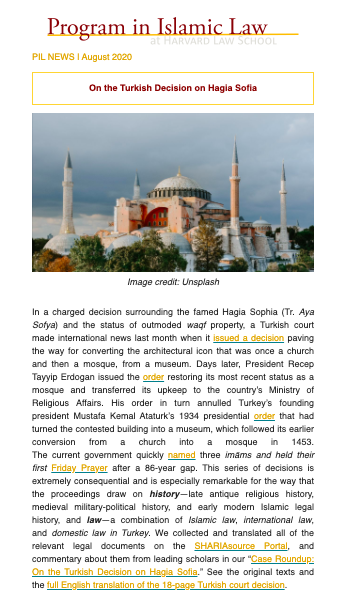
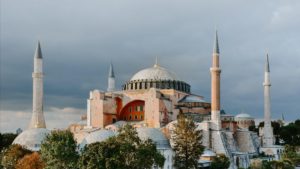 On the Turkish Decision on Hagia Sofia
On the Turkish Decision on Hagia Sofia
In a charged decision surrounding the famed Hagia Sophia (Tr. Aya Sofya) and the status of outmoded waqf property, a Turkish court made international news last month when it issued a decision paving the way for converting the architectural icon that was once a church and then a mosque, from a museum. Days later, President Recep Tayyip Erdogan issued the order restoring its most recent status as a mosque and transferred its upkeep to the country’s Ministry of Religious Affairs. His order in turn annulled Turkey’s founding president Mustafa Kemal Ataturk’s 1934 presidential order that had turned the contested building into a museum, which followed its earlier conversion from a church into a mosque in 1453. The current government quickly named three imāms and held their first Friday Prayer after a 86-year gap. This series of decisions is extremely consequential and is especially remarkable for the way that the proceedings draw on history—late antique religious history, medieval military-political history, and early modern Islamic legal history, and law—a combination of Islamic law, international law, and domestic law in Turkey. We collected and translated all of the relevant legal documents on the SHARIAsource Portal, and commentary about them from leading scholars in our “Case Roundup: On the Turkish Decision on Hagia Sofia.” See the original texts and the full English translation of the 18-page Turkish court decision.
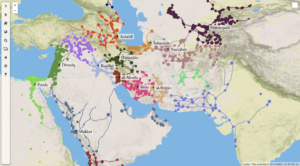
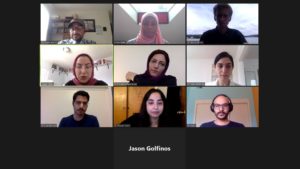
In our Digital Islamic Law Lab (DILL) this summer, we investigated new ideas for applying data science tools to Islamic law. Last month, Professor Najam Haider, of Barnard College at Columbia University presented his work on historical mapping in early Shīʿī law and history could, with the right computational power, self-generate maps based on geographic designations of legal schools and colloquial language use.
See the full newsletter.
